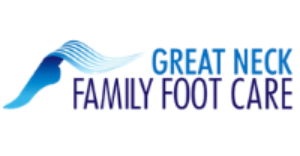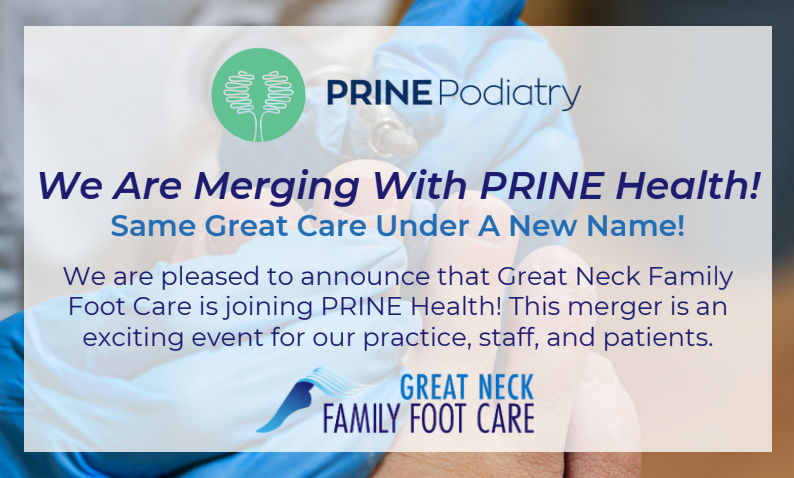03 Feb Total Contact Casts: A Gold Standard in Wound Care Services
Although everyone knows that broken bones require a cast, many don’t realize that certain types of casts can also offer powerful wound care treatment. Total contact casts are a unique aspect of wound care; they provide those suffering with diabetic foot ulcers a noninvasive, effective treatment option. If you’ve experienced little or no improvement with other wound care options, talk with your doctor and consider the option of a total contact cast. For some, common medical or surgical procedures simply aren’t enough to get them back on their feet. Many podiatrists consider total contact casting to be the ‘gold standard’ for effective ulcer wound care.
What Medical Conditions Benefit from Total Contact Casting?
Although diabetic foot ulcers are the most common medical issue treated with contact casting, other nervous disorders and circulation issues may also benefit from this treatment. Patients with “Charcot foot,” a serious complication of untreated neuropathy, also benefit from contact casting. This bone disease places the foot at a dangerous risk for dislocations, fractures, and bone degeneration. When used in the early stages of Charcot foot, contact casts removes pressure and help prevent bone destruction. They help the affected foot keep its shape and avoid further degeneration.
A total contact cast allows a great deal of stress and pressure to be removed from the foot. This “off-loading” technique protects the foot by evenly distributing body weight across the entire sole of the foot and eliminating pressure points. A study assessing the effectiveness or total contact casts revealed that these casts in and of themselves help bear up to 34% of a person’s body weight. For those suffering from chronic, un-healing ulcers, this amount of pressure relief can make a huge difference in the outcome of their recovery.
What Makes These Casts Effective?
Total contact casts are very similar to traditional casts used to treat fractures. However, total contact casts possess several unique differences specifically designed for wound care. Trained medical professionals apply these casts in such a way that it contours perfectly to the foot. Each cast is specifically fitted to an individual’s unique foot shape. The specific fitting allows the cast to offer the best pressure relief possible.
Because infection control and circulation are concerns for those with un-healing ulcers, total contact casts are changed regularly every 1-2 weeks. This allows your doctor to assess your blood flow and check for any signs of infection or irritation. These frequent check-ups help track your healing progress and monitor the effectiveness of your cast.
Although immobilization is an important aspect of ulcer wound care, total contact casts are designed in such a way that they promote safe movement. The bottom of these casts is given a “rocker” shape that decreases pressure and makes walking much easier.
Unlike traditional casts, total contact casts are applied in several layers. The inner layers help support a moist healing environment while the tough outer fiberglass layer relieves pressure and protects the foot from further injury.
Living with Your Cast
Despite the benefits of these casts, a total contact cast isn’t always the best option for everyone. If you have certain circulatory issues or are prone to a higher risk of infection your doctor may suggest other wound care services such as compression therapy or laser wound therapy. If your doctor does recommend a total contact cast there are several aspects to consider as you adjust to this treatment:
Minimize Your Walking and Movement
Although it is important to stay active, too much walking will increase the pressure on your injured foot resulting in a longer healing period. With a contact cast you will also find yourself less stable on your feet; this can increase your chances of falling. Consult your doctor about the appropriate amount of safe walking you can do. He can also recommend safer exercises and activities that improve healing, not hinder it.
Stay Dry
Your cast will be damaged if you allow it to become wet. Unfortunately, baths and showers are risky when wearing your cast. Sponge baths are a safer alternative and reduce the chances of ruining your cast. If you do take a shower, use a shower chair and be sure to wrap your cast tightly in a waterproof bag. Also, during rainy or snowy weather, always protect your cast with a waterproof bag. Consult your doctor on the best way to keep your cast safe and dry.
Watch for Complications
Complications can arise when wearing a total contact cast. It’s critical to know what danger signs to watch for as you heal. Always be sure to call your doctor if you notice any issues. It’s far better to error on the side of caution. Watch for signs that your cast is loose, cracked, or damaged in any way. Any odd smells, fevers, or abnormal skin colorations can point to new infections. Also, watch for issues with your circulation. If you notice a loss of sensation or any increase in pain, contact your doctor immediately.
A total contact cast is a powerful and effective option for those who struggle with chronic foot ulcers. When other wound care therapies don’t produce the needed effects, a contact cast can offer a less invasive treatment option perfect for many types of patients. Talk with your doctor and discuss this treatment option. For more information on wound care options or to schedule your consultation, please contact us today.





Sorry, the comment form is closed at this time.